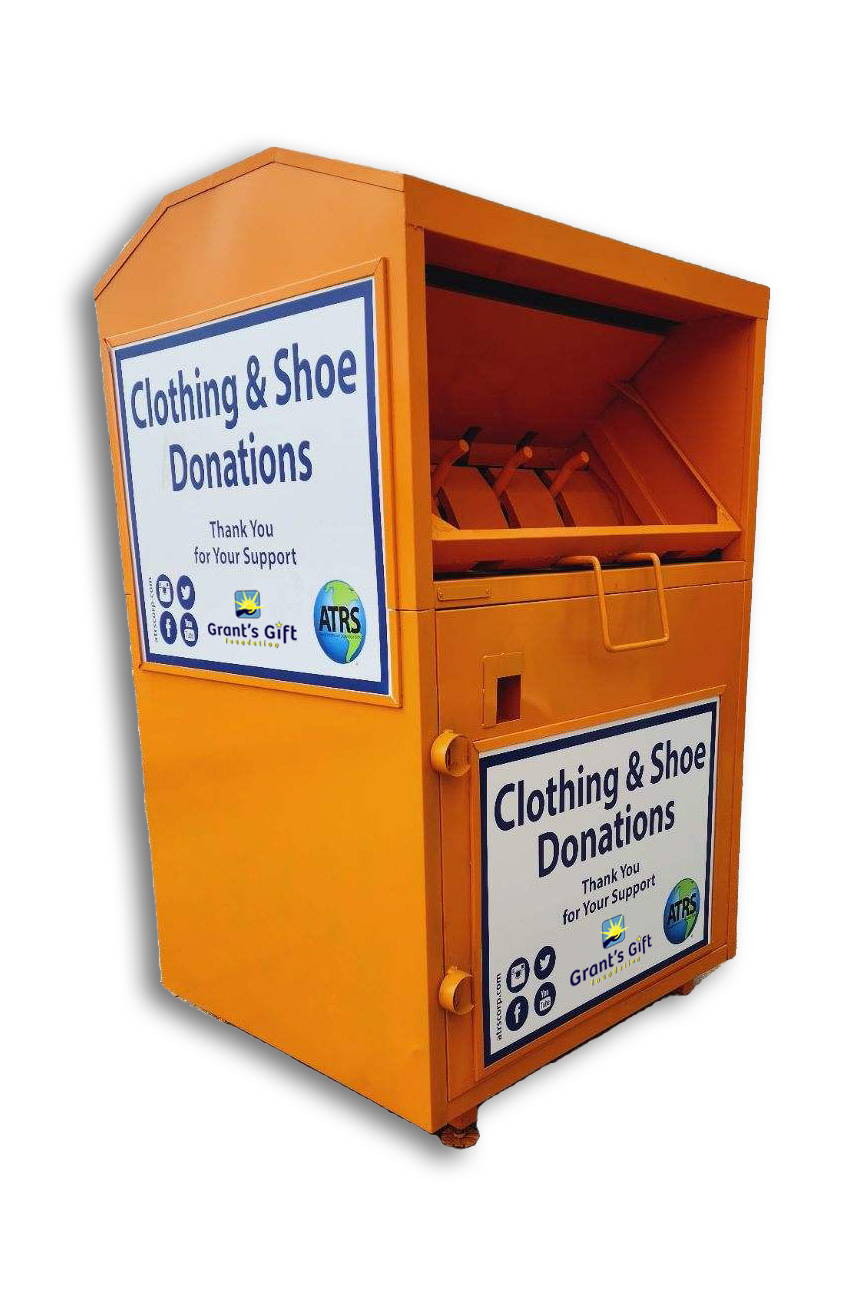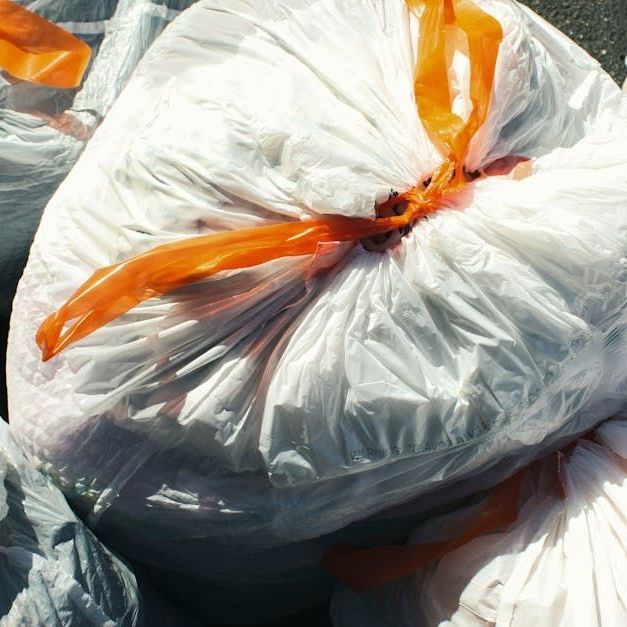Transforming Unwanted Attire into Lifelines for Local Charities
Clothing Recycling Services
In the realm of local charities, the search for donations is an ongoing mission. These organizations, often fueled by the passion of dedicated individuals, work tirelessly to support their communities. Whether it's providing food, shelter, education, or healthcare, their goals are noble and their impact immeasurable. However, one resource they constantly crave is often hiding in plain sight—unwanted clothing. This is where clothing recycling services, like ATRS, step in to bridge the gap between excess apparel and a helping hand.
The Unsung Heroes: Local Charities
Local charities are the unsung heroes of our neighborhoods. They operate on the frontlines of community support, addressing a myriad of needs, from helping struggling families put food on the table to providing warm clothing during harsh winters. Their work is indispensable, yet their resources are often stretched thin.
The Never-Ending Quest for Donations
One of the greatest challenges local charities face is the consistent need for donations. Financial support is crucial, but so too are physical items like clothing. People often don't realize the profound impact a simple donation of clothing can have on the lives of others. But here's the catch—charities need these donations to be in good condition, a requirement that might not align with the state of everyone's closet.
The Clothing Recycling Revolution
This is where clothing recycling services, like ATRS, come into play. These services provide a vital solution to two pressing problems: the desire to declutter our wardrobes and the need to support local charities. Here's how it works:
- Convenience: Clothing recycling bins are strategically placed in various locations, making it easy for individuals to donate their gently used clothing, shoes, and textiles.
- Environmentally Responsible: These services divert textiles from landfills, helping reduce waste and lower carbon footprints, aligning perfectly with the growing demand for eco-conscious choices.
- Supporting Local Charities: The clothing collected is then channeled to where it becomes a lifeline for those in need. These items go directly to individuals and families who require them most. Moreover, our local charity partners gain a valuable fundraising resource to further their missions.
A Win-Win-Win Situation
The beauty of clothing recycling services lies in their ability to create a win-win-win situation. Donors win by decluttering their closets, the environment wins as textiles are kept out of landfills, and most importantly, local charities win by receiving a steady stream of recurring funds.
How You Can Help
- Donate Responsibly: When decluttering, set aside items that are in good condition and donate them to your local clothing recycling service.
- Spread the Word: Inform friends and family about the impact of clothing donations on local charities and the environment.
- Support Charitable Initiatives: Choose clothing recycling services like ATRS, which actively support local charities through their programs.
Local charities are always on the lookout for donations, and clothing recycling services provide a sustainable, impactful solution. By working together, we can transform unwanted clothing and textiles into resources for those in need while making our communities more vibrant and sustainable.
Quick Links
The Company
We make donating your clothing, shoes and toys convenient 24/7/365.
We believe textile recycling should be easily accessible to all. That is why we have placed thousands of donation bins in neighborhoods across the United States.
All Rights Reserved | ATRS





